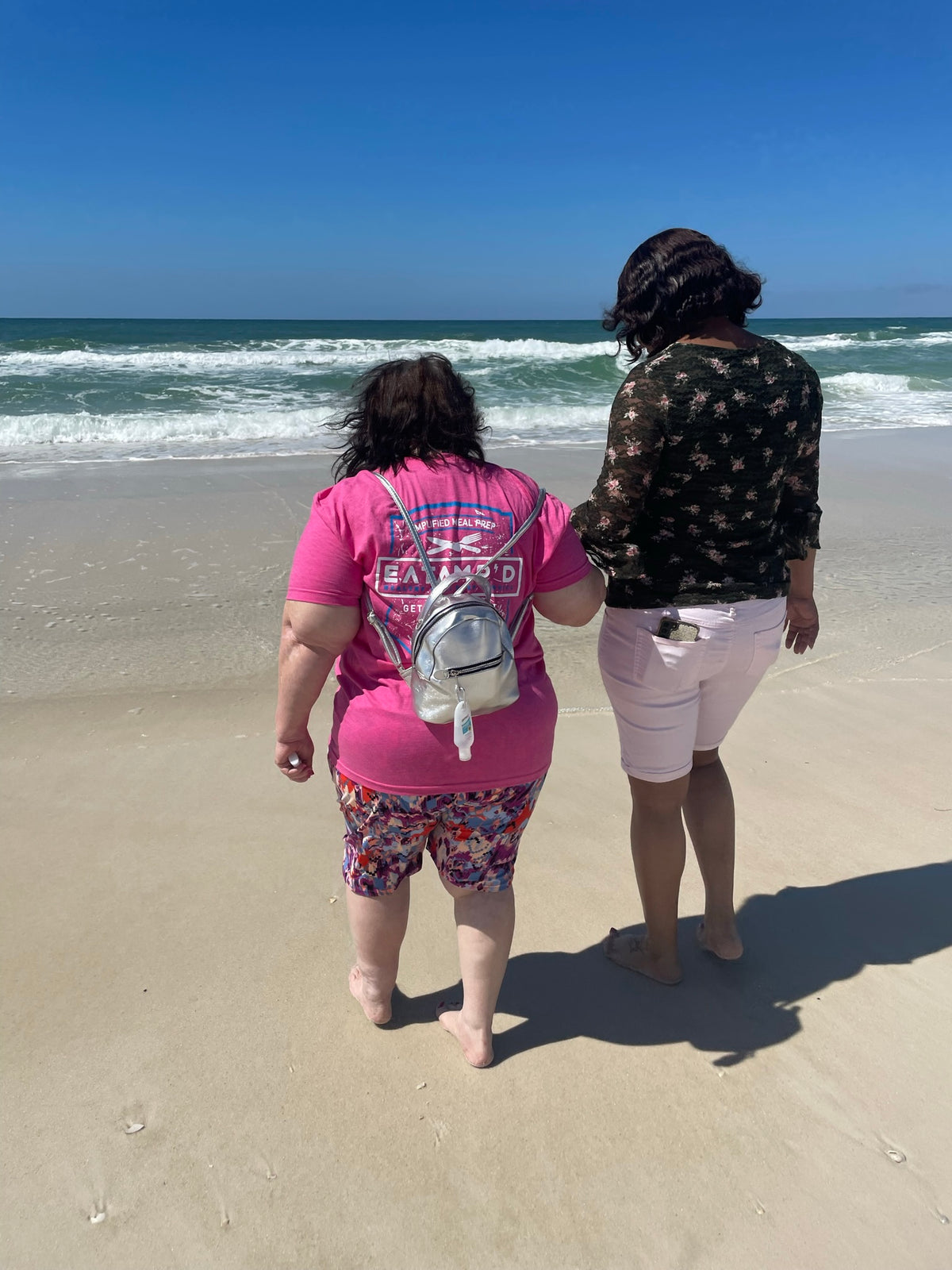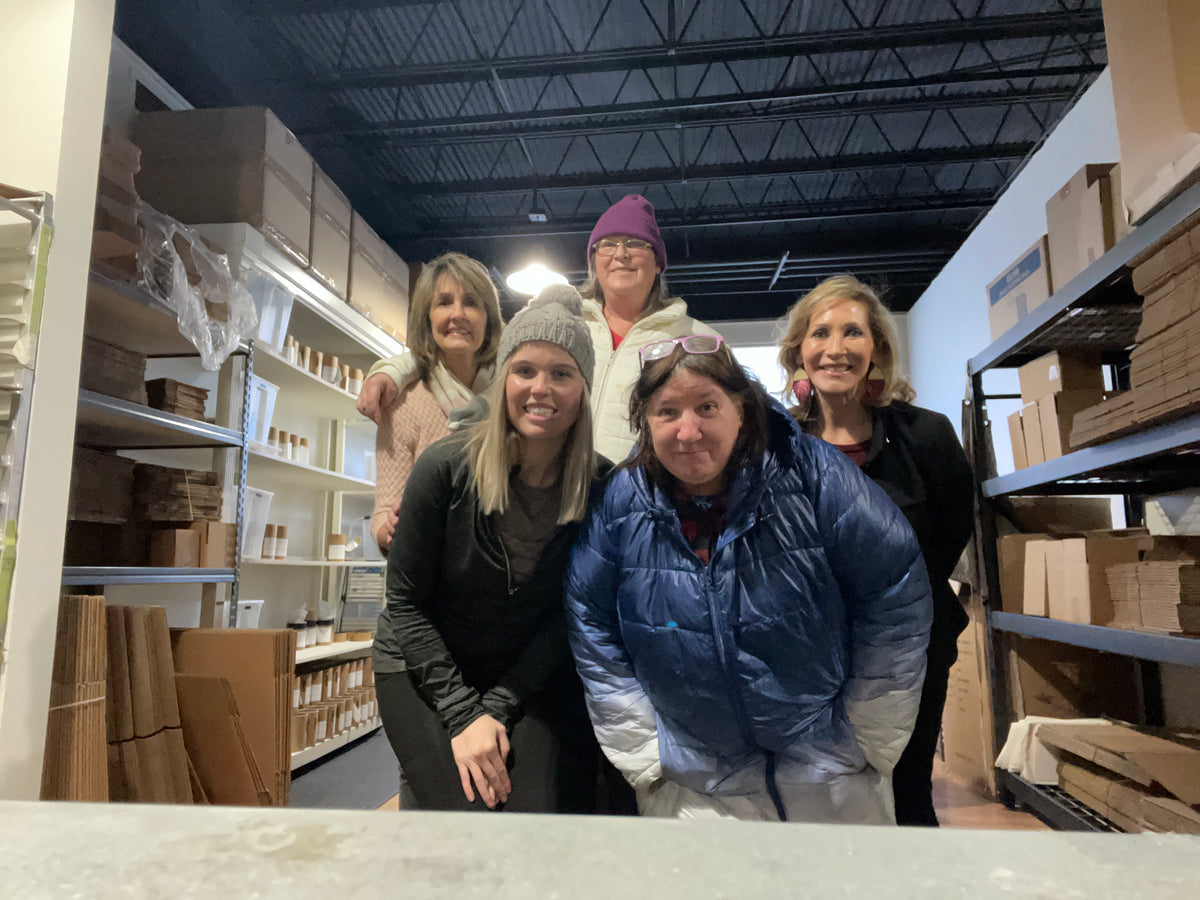Human Trafficking: Separating Fact From Fiction

There are a lot of myths and misconceptions around human trafficking, especially when it comes to victims being sexually exploited.
To shed light on the subject and separate fact from fiction, let’s start the conversation with a quick quiz. How many of these sentences do you think are true?
These are all assumptions people make about trafficking. While there are elements of truth to all of them, the reality is much more complex.
Who is impacted by human trafficking?
Myths: Victims of trafficking are only women and girls. Only undocumented immigrants are trafficked in the United States.
The truth: Trafficking is less about who someone is or where they’re from and more about how desperate someone is for work, for money, and even for approval and love.
Though many women and girls are exploited, there are estimates that almost half of sex trafficking victims are male. Young men and boys in the LGBTQ+ community are especially vulnerable.
And while undocumented immigrants certainly face a higher risk, many foreign nationals being trafficked are actually living and working legally in the United States.
Being born here offers little protection from trafficking. Childhood abuse, addiction, and poverty can all contribute to people ending up trapped in a trafficking situation.
Where does trafficking take place?
Myth: Trafficking only occurs in illegal industries.
The truth: Trafficking is everywhere.
It’s so widespread because it’s very profitable. Globally, trafficking generates about $150 billion in profit, with $99 billion coming from commercial sexual exploitation. It knows no boundaries and is found in poor and wealthy countries, in big cities and small towns.
While trafficking does occur in illegal, underground markets, cases are also reported in everyday industries such as construction, restaurants, factories, and cleaning services.
And sexual exploitation has woven itself into the fabric of society on many levels. From strip clubs to the streets to the worldwide web, sex trafficking has a vast audience.
Though it’s often portrayed as happening overseas or in poorer countries, in reality it’s happening in almost everyone’s backyard.
How do traffickers control their victims?
Myths: Trafficking is usually a violent crime. Victims are held against their will.
The truth: Traffickers can be abusive, but they primarily rely on deception and trickery to manipulate their victims into being exploited. They often maintain control the same way.
In fact, one of the biggest misconceptions around sex trafficking is the belief that if a woman is selling her body, she’s choosing to do it. But those who work with survivors will often discover the real story behind what these women, and men, have experienced.
Some survivors were trafficked by their own families as children, and that cycle of abuse continued in other relationships as they got older. When someone is taught at a young age they’re worthless or only good for sex, it’s very easy to think sex means love.
Any form of attention becomes a substitute for approval. And that need for love and approval is what traffickers rely on most.
Traffickers don’t need violence when they can simply use someone’s situation and emotions against them. And victims may not even realize or believe they’re being used and controlled if they’re under the spell of whatever promises of hope, security, and love they’ve been offered.
Why the truth about trafficking matters
Trafficking is more than what’s portrayed on television or the news. Victims of trafficking may be as close as the people you pass by regularly when you’re out running errands or at the store.
Knowing the truth is critical to ending trafficking, especially since myths can lead to missing the real signs of someone being trafficked. It also prevents you from passing judgement too quickly on others based on misunderstandings and misinformation.
We invite you to do some of your own research, and learn the truth about trafficking. And you can always reach out to us here at RE + NEW + ALL if you have questions.
With the facts in hand, we’re able to take even more meaningful action toward ending human trafficking once and for all!



